
Crew Blog | Shawn Malia Kanaʻiaupuni: Hōkūleʻa Goes to Cuba
- Posted on 21 Mar 2016
- In Crew Blogs, Education, Newsletter, Teachers
 Written by Shawn Malia Kanaʻiaupuni
Written by Shawn Malia KanaʻiaupuniAs we sailed past the immense stone fort of Castillo del Morro, the entire Habana skyline came into view, shining brilliantly in the morning sun. The entire crew gathered as the pū sounded, announcing the arrival of Hōkūleʻa. Elegant buildings and archways that had seen better days stared back silently, colored white, pink and blue. Near us, a few dark silhouettes dotted the ocean against the sun here and there, solitary fishermen beginning their day’s work. Unlike other ports that we’ve sailed into, there were remarkably few boats, only our canoe and a very occasional fishing boat going by. Arriving to Habana, Cuba felt surreal after the long days at sea. We crew members wondered aloud to each other, “we really are in Cuba today.” Suddenly we heard shouts, and “aloha Hōkūleʻa” floated thinly across the water from a small group of tiny little figures in the distance along the long seawall stretching in front of the city. Our friends from Hawaii had gotten up early to welcome us, having traveled to Cuba to learn and be a part of mālama honua in Cuba.

Making our way to Marina Hemmingway, we travel down a long canal past boats from many countries, Canada, Germany, the United Kingdom, France, and more. We fly the flags of Cuba, Hawaii, and the U.S. A group gathers for the welcoming protocol, giving us a chance to share our oli and in return, we are presented with an AfroCuban song of friendship. We see 1950s cars passing on the roads behind the marina, Fords, Chevys, and Oldsmobiles. It’s like being on a set of an old time movie, but it’s real life with real families going by.

The next two days are full of activities, including visiting a community farm that got its start during the “special period” when food was scarce and communal gardening a critical necessity. A local resident hosted a reception of music and mingling on a rooftop in old Habana. We met with local musical artists engaged in promoting cultural diversity, took a tour through the city, and visited a fifth generation family owned and operated tobacco farm. The drying barn smelled amazing.

The people we’ve met are sincere and happy. Walking by, people seem reserved at first, but once any of us strikes up a conversation, whether in Spanish or English, they break into big smiles and return our aloha with effusive enthusiasm, somehow recognizing the island to island connection after hearing that we are from Hawaii.

And the food is amazing. A traditional Cuban dinner includes chicken, shredded beef, pork, black beans and rice, malanga (taro), and a salad of shredded cabbage, cucumber, and tomato. We eat well!

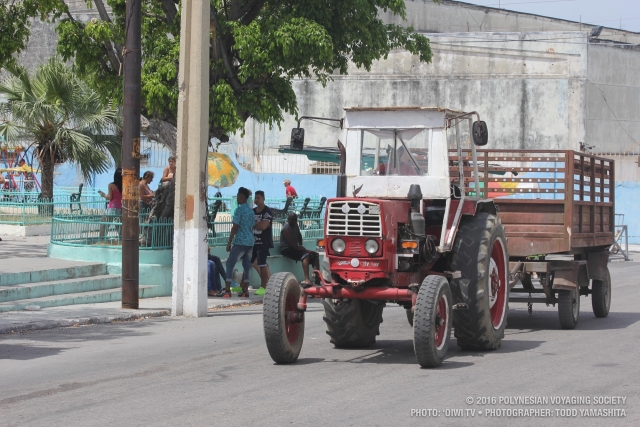

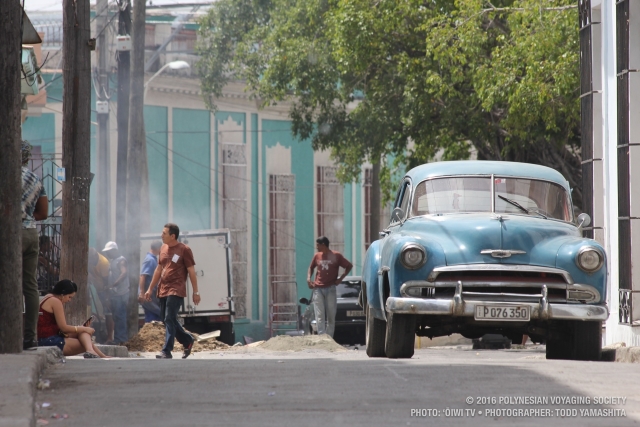

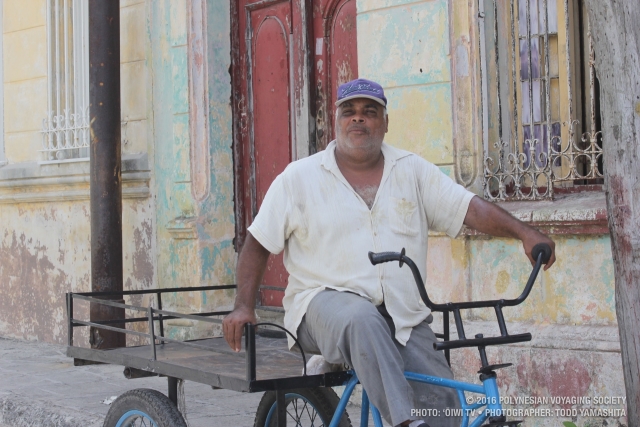
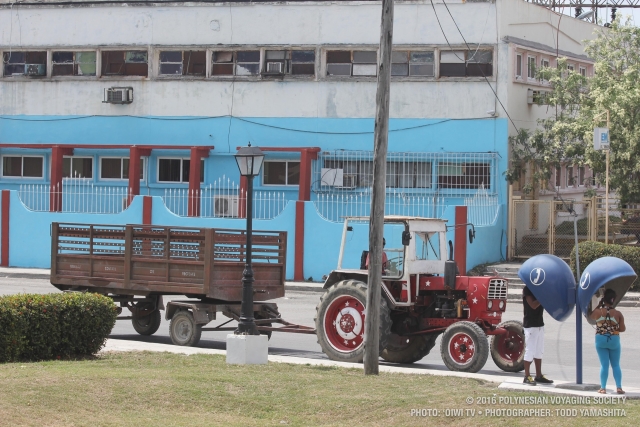



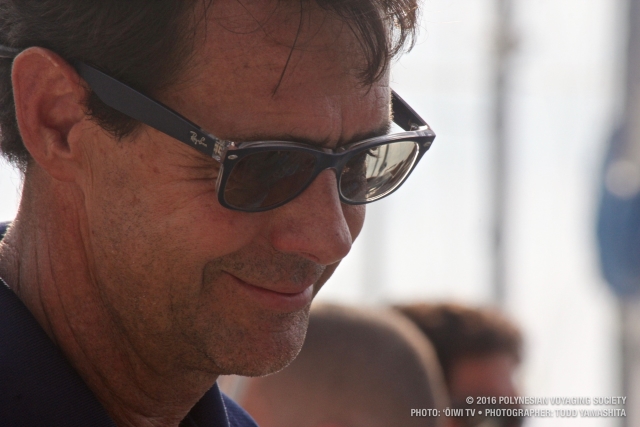
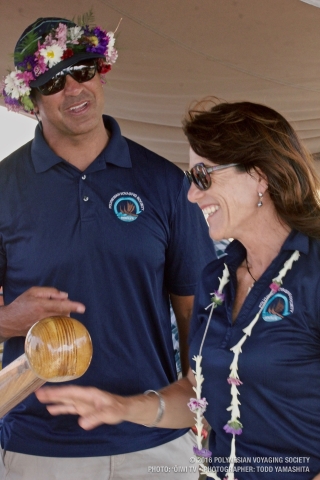

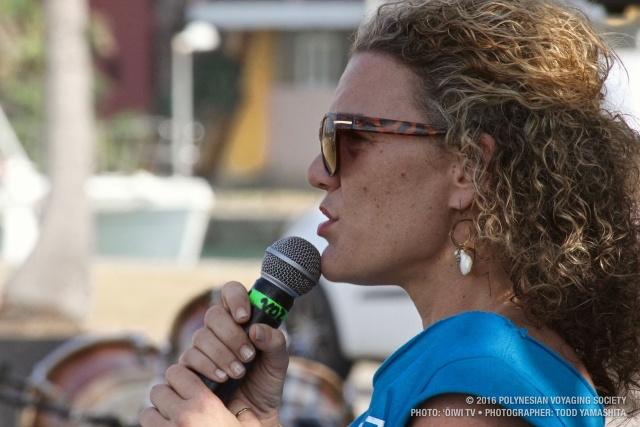

More than Adventure
Beyond a daring expedition, the Worldwide Voyage is quite possibly the most important mission that Hawaiʻi has ever attempted. As people of Oceania, we are leading a campaign that gives voice to our ocean and planet by highlighting innovative solutions practiced by cultures around the planet.
We could not have begun this great journey without your support, nor can we continue to its completion.
